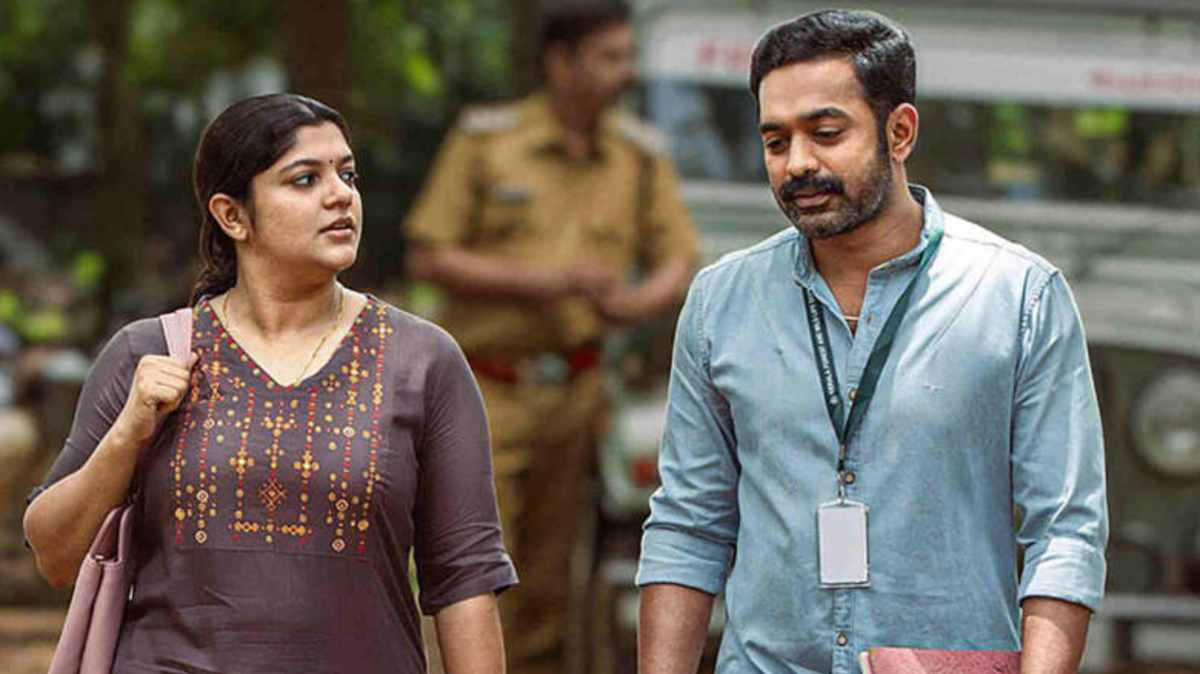Kishkindha Kaandam, directed by Dinjith Ayyathan, is not just a film but an experience that lingers long after the credits roll. Often hailed as one of the finest slow-burn mystery thrillers of all time, the movie’s layered storytelling, immersive characters, and meticulous craftsmanship set it apart. Let’s delve into the elements that elevate it to this status.
A Narrative Like No Other
At its core, Kishkindha Kaandam thrives on its unpredictability. The story begins with a seemingly mundane government directive for firearm license holders to deposit their weapons before elections. From this simple premise, the narrative branches out into a web of mysteries—a missing gun, a vanishing person, and the unraveling of complex relationships. Yet, the film defies the conventions of its genre, refusing to adhere to any singular classification.
The screenplay, penned by Bahul Ramesh, unfolds like peeling an onion, where every revealed layer leads to something unexpected. Instead of throwing red herrings at the audience, Ramesh crafts sequences that enrich the characters and deepen the intrigue. This deliberate pacing transforms the story into an immersive experience, where the journey is as compelling as the destination.
The Art of Building Atmosphere
A defining feature of the film is its setting—an old mansion bordering a forest, surrounded by monkeys and serenaded by a constant gentle breeze. This location serves as both a physical and emotional space, mirroring the quiet, unsettling tension among its characters.
Ajayan (Asif Ali), a newlywed, moves into this house with his wife Aparna (Aparna Balamurali) and his father Appu Pillai (Vijayaraghavan), a retired army man. The mansion’s serenity is deceptive, hiding secrets and emotional scars. Aparna’s quiet curiosity mirrors the audience’s perspective as she integrates herself into the household, uncovering the nuances of this seemingly calm environment. The old man’s gruff demeanor, the couple’s cautious interactions, and the hidden pain of all three characters create a tapestry of subdued yet palpable tension.
Performance-Driven Brilliance
Kishkindha Kaandam owes much of its success to the heartfelt performances of its cast. Vijayaraghavan delivers a nuanced portrayal of Appu Pillai, a man grappling with his fading pride and haunting secrets. His performance balances vulnerability and rigidity, making the character deeply human.
Asif Ali, in the role of Ajayan, portrays a man caught in a journey of self-discovery. His arc, which demands a spectrum of emotions, is executed with restraint and intensity. Aparna Balamurali shines as a woman quietly adapting to her surroundings while processing the underlying unease of her new life. Together, the trio brings authenticity to their roles, drawing the audience into their world.
The supporting cast, including Jagadish and Ashokan, adds depth to the narrative. Their characters serve as subtle but significant pieces of the puzzle, enriching the storyline without overshadowing the leads.
Technical Mastery
The film’s technical aspects are as compelling as its storytelling. Bahul Ramesh, doubling as the cinematographer, ensures that every frame visually complements the screenplay. The interplay of light and shadow mirrors the movie’s themes of memory and forgetting, creating a visually arresting narrative.
Editor Sooraj E.S. deserves applause for maintaining seamless transitions, ensuring that the pacing feels organic. The deliberate rhythm allows the audience to absorb each revelation and reflect on its implications. Mujeeb Majeed’s background score enhances the mood, oscillating between eerie stillness and emotional crescendo. The synergy among these departments elevates the film’s immersive quality.
Breaking Free from Genre Constraints
One of Kishkindha Kaandam’s greatest strengths is its refusal to be pigeonholed. It seamlessly blends elements of mystery, drama, and psychological thriller, creating a unique cinematic experience. The film doesn’t rely on cheap thrills or sensationalism. Instead, it builds its tension through subtle clues, emotional depth, and atmospheric storytelling.
This approach sets it apart from other thrillers in contemporary Malayalam cinema, where promising setups often fizzle out in the third act. Here, the payoff is not only satisfying but also thought-provoking, rewarding the audience’s patience and attention to detail.
Themes That Resonate
At its heart, Kishkindha Kaandam is a meditation on memory and forgetting. The film leaves viewers pondering whether its characters are struggling to preserve their memories or escape them. This thematic ambiguity is a hallmark of timeless art, inviting multiple interpretations and ensuring that the story remains etched in the audience’s mind.
The exploration of human emotions—guilt, pride, love, and loss—is universal, making the narrative resonate with a broad audience. These themes are woven into the fabric of the story, never feeling forced or contrived.
Why It Stands the Test of Time
Kishkindha Kaandam’s brilliance lies in its ability to balance the personal and the mysterious. The film creates a world so immersive that viewers find themselves invested in its characters and their secrets. It doesn’t rush to provide answers; instead, it trusts its audience to piece together the puzzle at their own pace.
This slow-burn approach, combined with stellar performances and technical finesse, ensures that Kishkindha Kaandam remains a standout in the thriller genre. It is a film that doesn’t just entertain but also engages, challenging viewers to reflect long after they leave the theater.
Conclusion
Kishkindha Kaandam isn’t just a mystery thriller; it’s a cinematic masterpiece that redefines the genre. Through its layered storytelling, atmospheric setting, and unforgettable performances, the film captures the essence of what makes great art: the ability to evoke emotion, provoke thought, and withstand the test of time. It’s a journey worth taking—a quiet yet powerful exploration of the human psyche wrapped in an enigma.










